Ever since the pandemic, when so many people were cooped up, out of work or otherwise left to their own devices, I’ve heard one word discussed more than ever: routine.
Routine has long been a brick in the foundation of a “functioning society”, but it crumbled when the scaffolding of strict working hours, commutes and leisure activities such as gym attendance were removed. For many, the gradual return to work and reopening of public spaces was enough to reestablish normalcy – but others have struggled, and I count myself among them.
Now, I’m all for living life unconventionally, and I’m sure there’s a version of me who freelances or is a bohemian making art for a living – but this version very much likes her job and the structure of a 9-5.
Of course, it would be no fun to just do it the old-fashioned way. That’s why I’ve set out to use Alexa to guide me through automating some of the best smart home devices and best Alexa speakers to help me build some semblance of normalcy in my day-to-day life. And guess what? It’s had a real impact.
Want to follow along with me? Check out our guide for how to set up an Alexa Routine or watch the video below to learn more about how automating smart home devices on Alexa works.
How to set up Routines with Alexa: make the most Amazon Echo-based automations - YouTube

Routinely important…
I’m a late-bloomer neurodivergent, and without a solid routine, my life is a never-ending gyre of chaos until I reach a boiling point, accomplish everything at once, and burn out for another two weeks, thus returning to chaos. I’m not alone, with a recent YouGov survey finding that 19% of Americans identify as neurodivergent, and the UK’s National Health Service (NHS) estimating a similar statistic of one in seven people (roughly 14%) being neurodivergent in the UK.
However, it’s not an exclusively neurodiverse problem. Various disabilities, mental and chronic health conditions can impede one’s ability to build – and stick to – routines, as can living conditions such as shift work, a college lifestyle or parenthood. According to Adobe’s State of Work 2023 report, more than half of US workers (59%) find it more difficult to maintain a positive work-life balance or stay on top of growing workloads, while a survey conducted by Acuity training found that less than 1 in 5 people (18%) have a proper time management system.
Before knuckling down to lay out my automations, I spoke with Polly Miskiewicz, a Jungian Art Psychotherapist (HCPC, MA) and coach with more than 10 years of experience with neurodivergence – both lived and professional – to ask for some top tips.
The benefits of routine, she explains, are wide-reaching: “Routines regulate our nervous system, especially for those of us who might experience heightened sensory or emotional overwhelm.
Insights from...

Polly Miskiewicz is a Jungian Art Psychotherapist (HCPC, MA) and coach with over 10 years of experience. She helps self-curious and neurodivergent individuals rediscover comfort, explore their true selves, and build happier, more aligned lives through creativity, play, and somatic practices.
“From a somatic perspective, predictable patterns in our day can calm the body, ease hyper-vigilance (the always-on feeling), and help us feel more in control.”
For our physical health, Miskiewicz explains routine as “a love letter to your body,” supporting better sleep, digestion, and energy regulation. She continues, “Mentally, routine does a ton of heavy lifting. It reduces the cognitive load, helping with executive functioning by taking repetitive decisions off the table. It acts as an anchor during times of uncertainty or big life transitions. Whether we’re adjusting to a new job, a diagnosis, or personal change, routines provide stability and a sense of continuity, helping us navigate what feels unfamiliar.”
It’s not just a box-ticking exercise either, says Miskiewicz – routines create little wins that build momentum: “These small habits don’t just help regulate emotions in the moment; they contribute to long-term mental health by fostering (healthy and maintainable) levels of resilience and even a sense of accomplishment.”

But routinely forgotten...
So, if they’re so important and so good for us, why do so many people struggle to maintain a routine? Miskiewicz says “From a psychological perspective, routines often fail because they’re not truly ours. They get tangled up in societal ‘shoulds’ or the pressure to be ultra-productive, leaving us feeling disconnected or unmotivated to ever try again.”
This resistance, she explains, ties into self-determination theory (Deci & Ryan, 1985), which shows that motivation thrives when we feel autonomy, competence, and connection. “If a routine doesn’t align with our values or feel like something we choose, it’s much harder (or impossible) to stick with it.”
Where possible, the best thing we can do to build a routine according to Miskiewicz is:
- Do not aim for perfection: “Allow yourself to take a day off or forget what you were meant to do.”
- Be mindful of your personal experiences: “Make choices that align with your interests or already existing mechanisms.”
- Focus on micro-routines to start: “Do not set yourself up for a failure.”
- Factor in your feelings: “Routines that resonate emotionally (thank you, Jung!) reflect your true self.”
- Plan tools not rules: “Routines should grow with you, not hold you back.”
- Plan for the body, not just the mind: “Build moments of regulation into your day: stretch, breathe, or find stillness to keep things somatically aligned.”
With Miskiewicz’ top tips in mind, I went ahead to plan my smart home-assisted day.
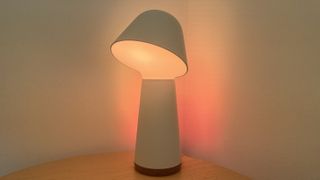
Oh, what a beautiful morning
Miskiewicz advises that your morning routine should “set the tone” for your day, suggesting activities like stretching, small tasks like making your bed or a fresh cup of coffee and enjoying some natural light (tricky, here in the UK during winter!) to start you off.
Easy enough, and especially so with my trusty fleet of Alexa-enabled devices and other smart home gadgets. Remembering what Miskiewicz had said about starting small, I focused on three achievable milestones outside of getting myself ready for the day: wake up to more natural light, have a cup of tea and clear up small messes.
First up, let’s tackle natural light; I reviewed the Philips Hue Twilight, a smart wake-up light, a few months ago, and it’s been a mainstay in my bedroom ever since. It’s Alexa-compatible, but the Philips Hue app offers more sophisticated controls, and in the end I actually used the native app instead of Alexa to set up my first automation. Talk about failing at the first hurdle.
Regardless, my routine starts at 7:30AM when my Hue Twilight begins gradually increasing brightness through to its full Sunrise setting at 8AM, which is when Alexa kicks in with its morning regimen.
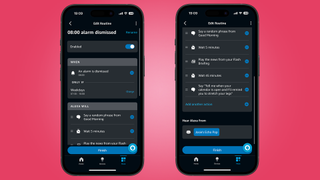
Just as my alarm goes off at 8AM, my Amazon Echo Spot chimes in with a randomized morning greeting, and then I programmed the ‘Wait’ function to give myself five minutes to lie in bed and pass through the various stages of grief following my recent awakening. Next up is making myself a cup of tea, for which task I have my Swan Alexa Kettle scheduled to kickstart at 8:05AM while I listen to Alexa’s flash news briefing and make my bed. On Wednesdays and Fridays, Alexa also reminds me to clean my floor, because it’s robot vacuum cleaner day.
Then, Alexa waits a further 50 minutes which, depending on the length of my flash briefing, usually means she pipes up again around the time I move into my office. A recent study from Yale University shows clutter might actually have an impact on productivity, which Alexa reminds me of just before the workday begins, and then delivers a custom message asking: “Tell me when your calendar is open and I’ll remind you to stretch your legs.”
Thus, my first task of the day when I log on to work is to pick a 20-minute window to stretch and move around, which I set up as a reminder with Alexa before cracking on with my morning.
I'll take afternoon tea if you take it with me
During work hours, I shy away from using Alexa’s Routine feature too much, as my job can often chop and change drastically throughout the day. However, I do run some simpler automations that help move the day along, or as Miskiewicz describes it, “keep the flow”.
For instance, once at 11AM and once at 3PM, Alexa will ask me about my mood and if I have drunk enough water during the day, and will remind me when it’s time for lunch. Miskiewicz encourages recharging creatively as the day goes on by doing things like dancing or losing yourself in a podcast; easily accomplished with a quick voice command and my smart speakers, too.
There are also some automations that don’t come into play every day, and for good reason. Miskiewicz warns that “Tech can be a game-changer for building routines, but as a therapist I need to say – it can also turn into too much of a good thing.
“Ever found yourself drowning in reminders from five different apps or stuck scrolling between a million productivity tools? That’s decision paralysis in action, and it’s exhausting. Constant notifications – instant overwhelm. And when life gets messy (because it always does), missing an app prompt can leave you feeling like you’ve failed (you didn’t).”

Instead, I’ve also set up custom automations triggered by me saying key phrases such as “I’m struggling to focus”, which prompts Alexa to set a Pomodoro timer intermeshed with relaxing music for a five-minute break. That way, I’m not beholden to aggressive reminders or push notifications, but rather can live in comfort that past Josie has present Josie’s back, and I have the option to initiate certain structures throughout my day.
Some automations also happen only on specific days to keep things a bit more dynamic; for instance, on Wednesdays and Fridays, the robot vacuum I alluded to earlier cleans up everywhere except my office during the morning while I work, and then barges in at 6PM to irritate me out of working too late.
When the night has come and the land is dark
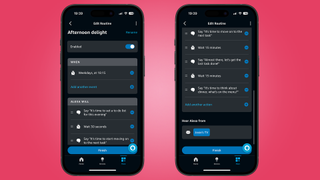
Miskiewicz’ advice for the evenings is to “unwind your way”. So, at 6:15PM, my next Alexa Routine kicks in, with the voice assistant encouraging me to set a to-do list for the evening.
Normally, these are small tasks; from wellness rituals like writing in my journal, to practicing Japanese on Duolingo, or just washing the dishes. The idea is that I can complete each of them in roughly 10 minutes and leave room for breaks in-between. Meanwhile, Alexa checks in between tasks until 7PM, when it’s time to cook dinner.
Alongside this, all of my Alexa speakers play music from my relaxation playlist, and my Philips Hue lights transition to warmer, more comforting hues, following Miskiewicz’ advice to “give your senses a respite.” Increasingly, there are smaller smart devices like the smart diffuser I tried last year which can also be automated to help give some sensory reprise – or you can just opt for one of the best smart plugs to remotely operate different fans, speakers and lighting setups.
As the evening draws to a close, the unwinding continues; an hour before my midnight bed time, my smart kettle once again brews to begin my evening herbal tea ritual, and while it steeps I know it’s time to start my skincare routine and relax. My smart lights gradually begin to dim, and all of the smart screens in my home are switched off just in time for me to get ready for bed.
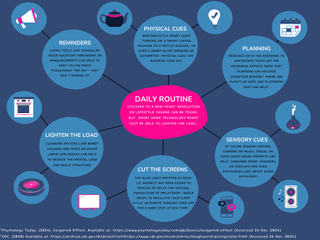
Alexa don't preach, I'm in trouble deep
Overall, my time spent testing an Alexa-driven routine served its purpose and then some; it helped me regulate much more effectively, with the knock-on benefit being a marked improvement in my mental health and productivity. However, the biggest learning of all was that self-regulation has to, at some point, take the fore.
Alexa’s Routine function proved to be hugely beneficial as I got to grips with my new lifestyle, and definitely helped keep me on track for the first few weeks. However, it’s all too easy to pass accountability onto an app, a voice assistant, or even another person, and there are some clear drawbacks to depending on technology to manage your life – a worrying realisation as we creep ever closer to a reality where AI does our thinking for us.
As I noticed myself becoming less motivated and engaged with the routine, I slowly started to phase out some of Alexa’s more forceful interjections, focusing instead on time-based device automations such as screen power settings, smart light scenes and my tea rituals.
And, wouldn’t you know it, Miskiewicz’ advice aligns perfectly with my experience: ”Bring on the tech! Just don’t let your tech take over. Balance it out with moments away from screens, because sometimes a sticky note or a doodle on a napkin can work just as well as the fanciest app.” Great news, then, for the seven million notepads I’ve accrued over the years.
Whether you want to try habit-building apps, voice assistants or even smartphone features like iPhone Shortcuts to give you some tech-assisted structure, here’s my best advice; go for it, but it’s a band-aid and not an end-all solution. Think of it as routine rehab until you’re ready to fly solo – or, at least in my case, smart solo.

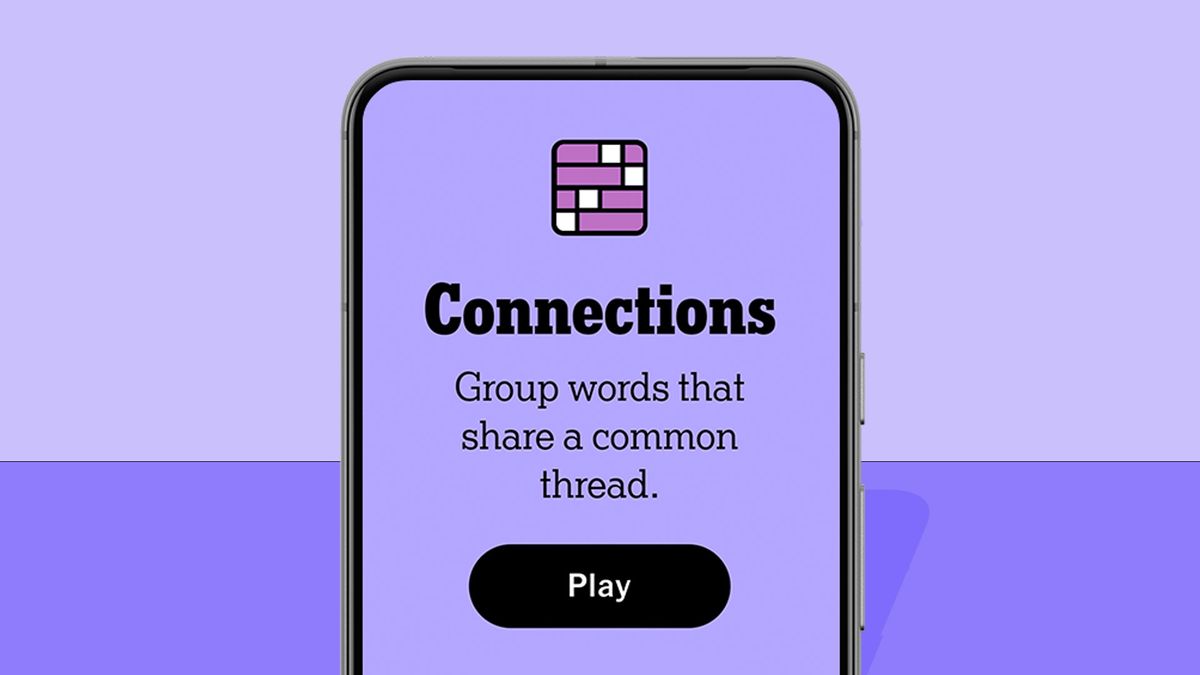

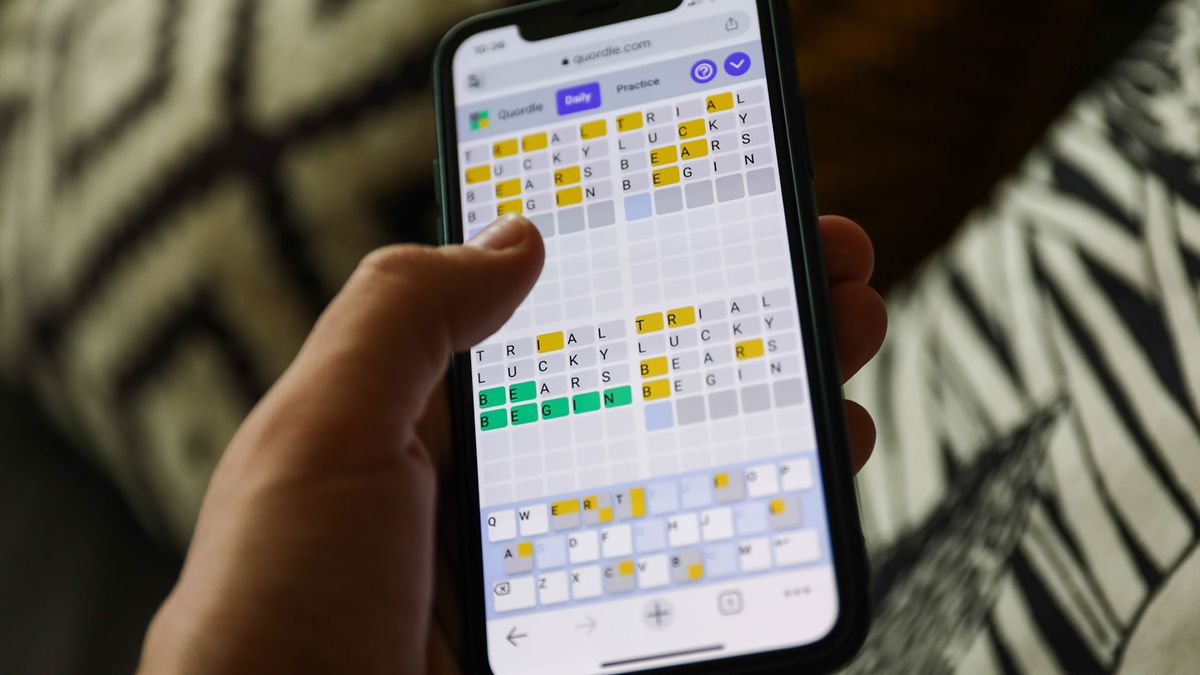





 English (US) ·
English (US) ·